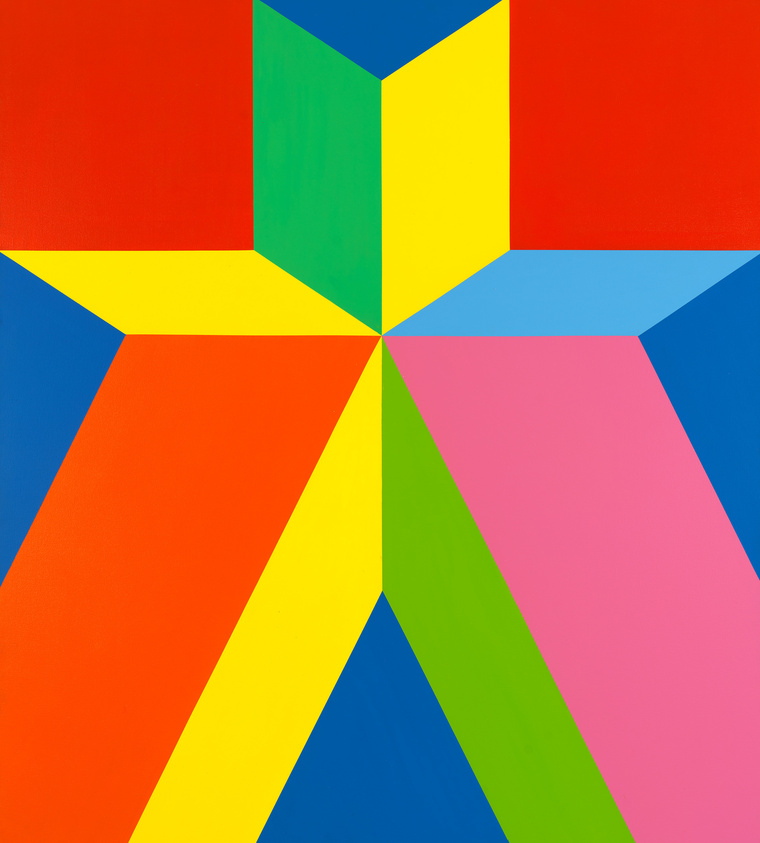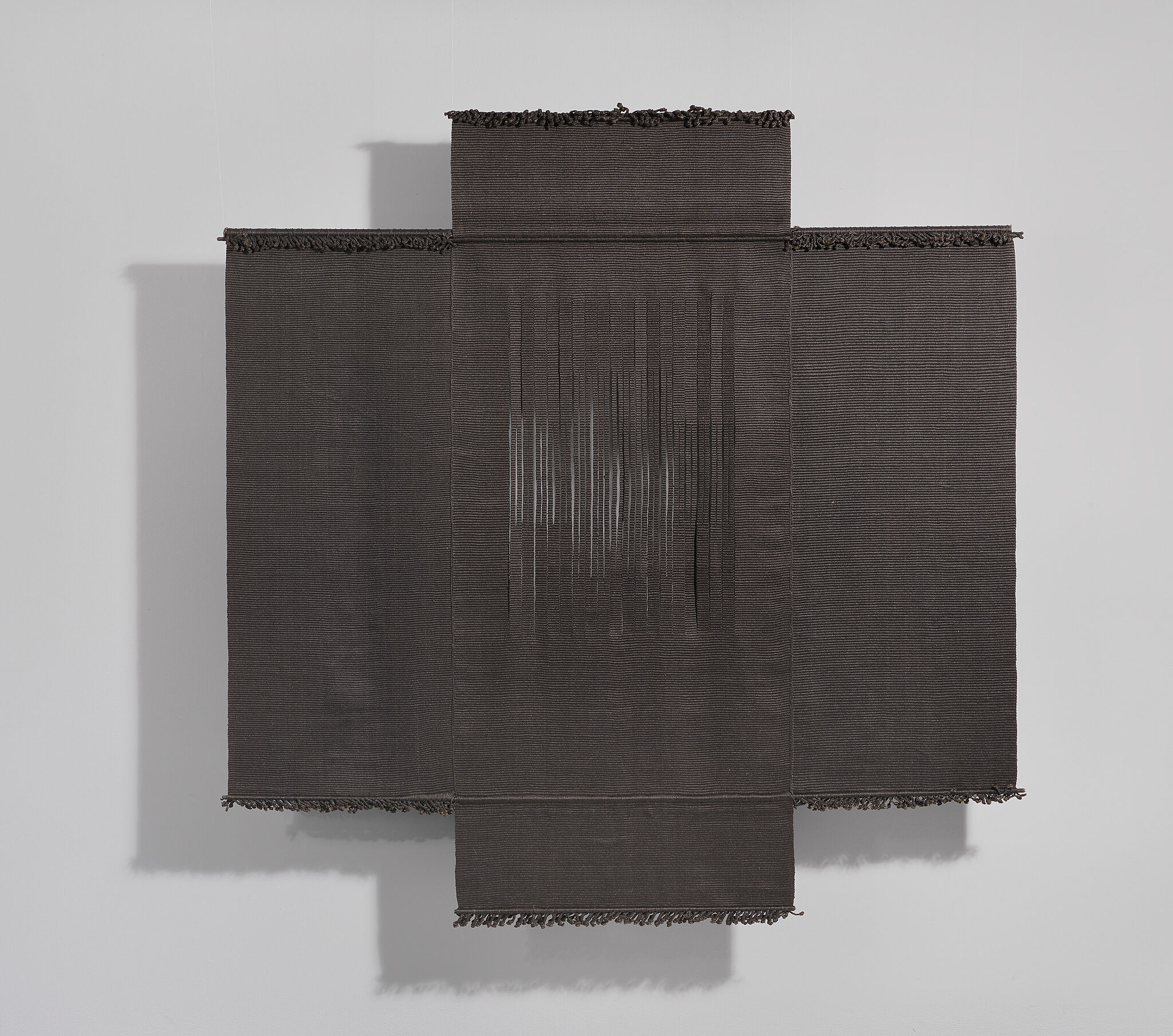Miriam Schapiro, The Beauty of Summer, 1973–1974
Nov 6, 2019
0:00
Miriam Schapiro, The Beauty of Summer, 1973–1974
0:00
Narrator: In the early seventies, Miriam Schapiro was researching arts that were seen as traditionally feminine, such as weaving, collage, and needlepoint. Here, she collaged colorful flowers and metallic plaid motifs from a range of sources and cultures. She explained why she combined these images in an oral history for the Archives of American Art.
Miriam Schapiro: What traditionally women have made in art, has been the incorporation of certain kinds of what are now considered trivialized images. I think what we women did was to democratize art.
Narrator: Schapiro’s “femmage” works aimed to include different types of imagery within art history that had previously been excluded, specifically because they were done by women.
Miriam Schapiro: This kind of anxiety that arises about a separate culture, a separate group. How can we do that to gender? How can we take one half of gender and make it totally separate and different? Coming back to the discussion of power, we do live in a patriarchy, and the rules are set for us women. We need to move, to integrate ourselves into the totality of society, and we need to bring our own point of view with us as we do that. None of us ever wants to live separately.
[Oral history interview with Miriam Schapiro, 1989 September 10. Archives of American Art, Smithsonian Institution]


